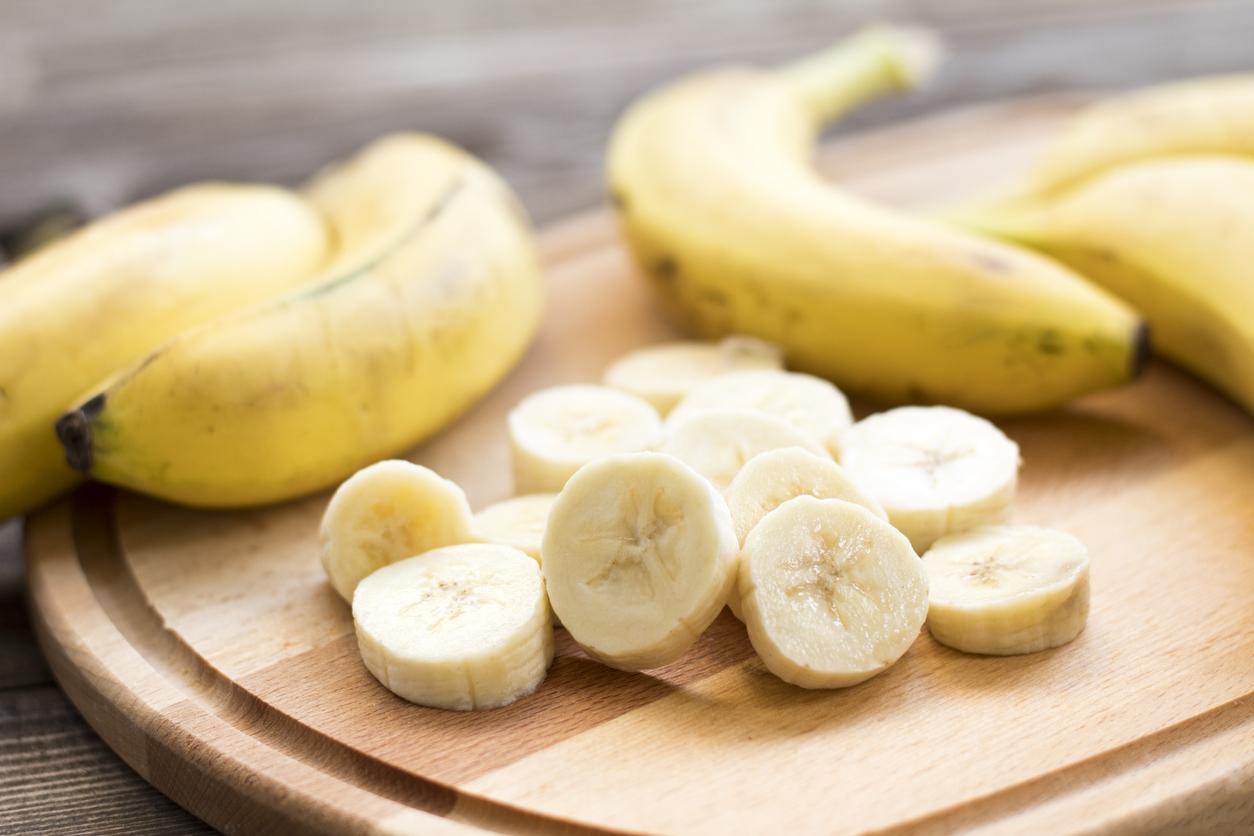What is cumin?
Cumin is produced from the seeds of a herbaceous plant found mainly in North Africa and the Middle East. These seeds are harvested when the pods are brown, and are then dried to be transformed into powder in order to give the cumin that we use on a daily basis.
The seeds have been used for hundreds of years in medicinal compositions. In the Middle Ages, it had the reputation of facilitating digestion. It is also a popular spice in cooking in many parts of the world, and has been for a very long time. Cumin is found in the composition of curry, chili, massale and many other spice blends.
What are the properties of cumin?
Found in cumin ofcalcium, of ironor of magnesium. This spice is known to have several health benefits:
- It is renowned for relieving digestive disorders, and more particularly colic, bloating and aerophagia.
- It is used to stimulate the appetite.
- It is also effective in relieving menstrual pain.
- He is famous for promote the excretion of bile by liverwhich contributes to a more efficient digestion of fats and a better breakdown of toxins from food.
- It is febrifuge (it fights fever) and fights body colds.
- It has a positive effect on lactation, and can therefore be consumed by breastfeeding women who wish to increase their milk production. It also helps regulate the menstrual cycle.
- It is diuretic, that is to say, it promotes the elimination of toxins via the urine.
Cumin can also be recommended for people on a diet, as it stimulates the pancreas and gallbladder, which promotes the dissolution of fat, while being very low in calories.
How to consume cumin?
It is very easy to find cumin in many shops. It is indeed a very popular spice in most countries of the world. It can be found in powder form, which is the most common, but also in the form of whole seeds. It can be consumed in several ways:
- In powder, cumin can be added to cooked dishes, without forcing too much on the dose, because its taste can be really pronounced.
- In seedsit can also be added to bread recipes and to flavor hard cheeses such as Gouda or Edam.
- In herbal teaoften associated with other plants for an optimal effect.
- In essential oilit must be mixed with a vegetable oil for local application on the abdomen with a massage.
- In the form of tablets and capsulesto be consumed as food supplements.
How to choose the right cumin?
The cumin must be very dry and of a color ranging from khaki green to brown. The cumin seed retains its aroma and taste much longer than the powdered one, to take advantage of all its qualities, it is advisable that its seeds are ground naturally to the minute.
Good to know : be careful, do not confuse cumin with meadow cumin (caraway) or black cumin (nigella), these spices are derived from other plants. Although their seeds look alike and they belong to the same family, their botanical genus is different. Caraway is more fruity than cumin which has a spicier, more oriental taste. For its part, black cumin has a fresh, slightly harsh and bitter flavor.
How to store cumin?
The cumin can be stored in an airtight container, away from heat, humidity and light.
What are the contraindications of cumin?
- There are no major contraindications for the consumption of cumin. As long as it is used in reasonable quantities, this spice can be used in cooking or herbal tea without restriction.
- However, cumin essential oil is not recommended for pregnant and breastfeeding women, as well as for young children, like the majority of essential oils.
Read also: Harpagophytum: health benefits, dosage and contraindicationsFenugreek: does it make you fat, what benefits, how to use it?Eucalyptus: all about its benefitsThyme: herbal tea, benefits, how to consume it?

















